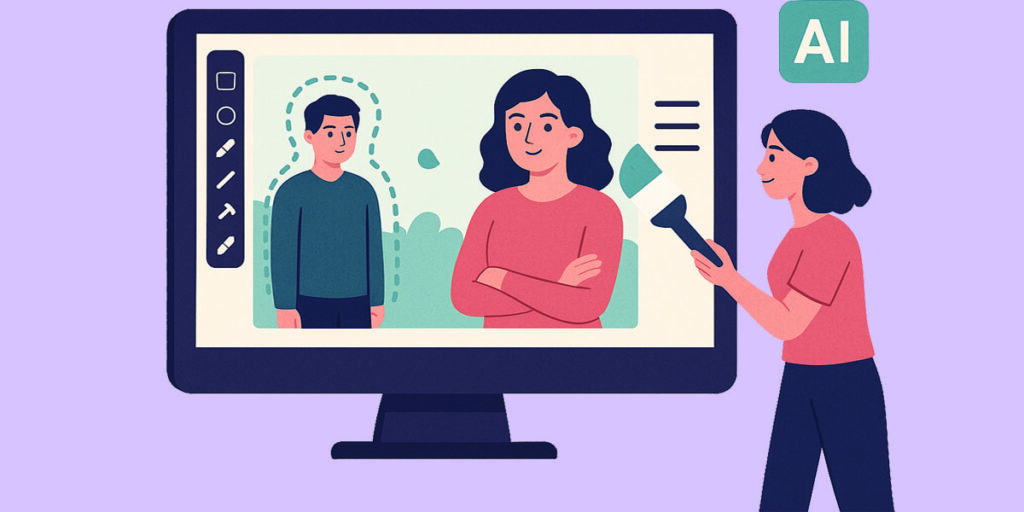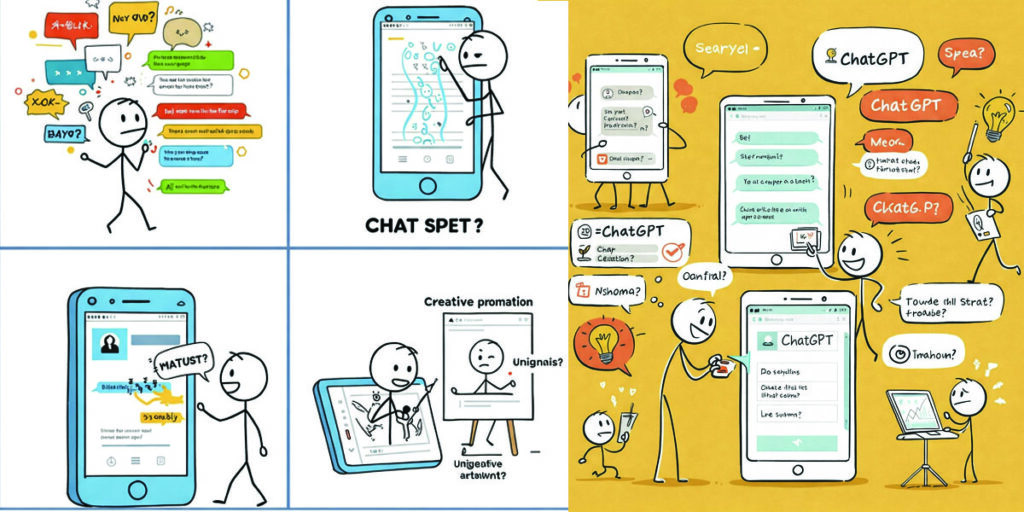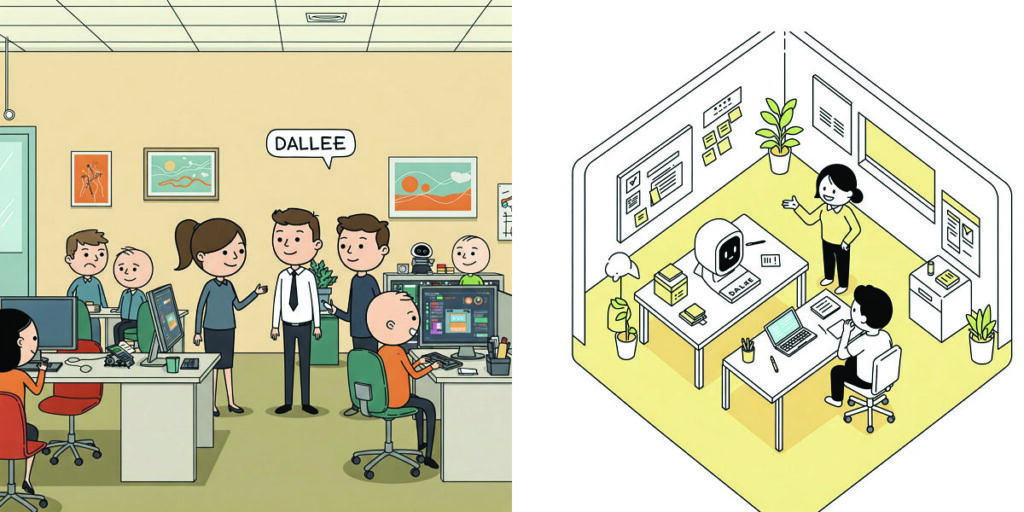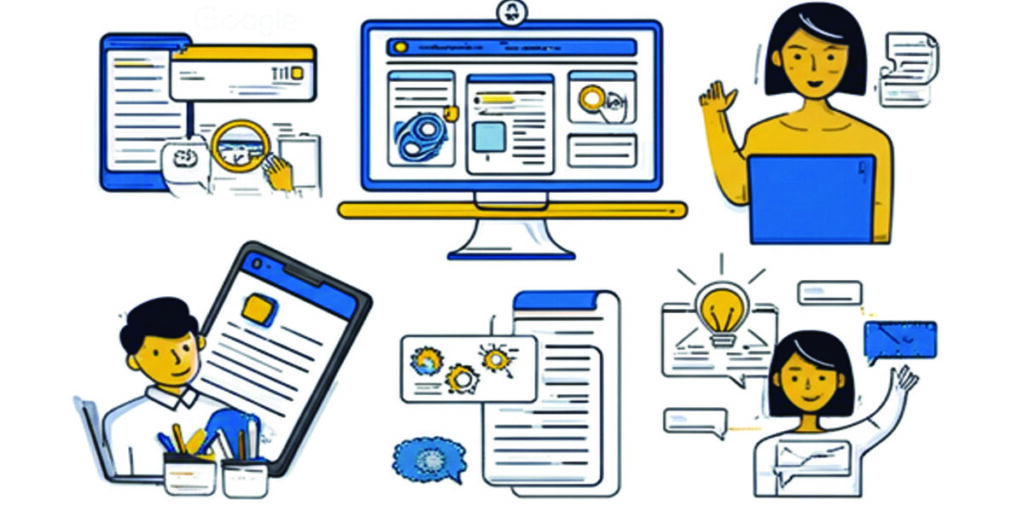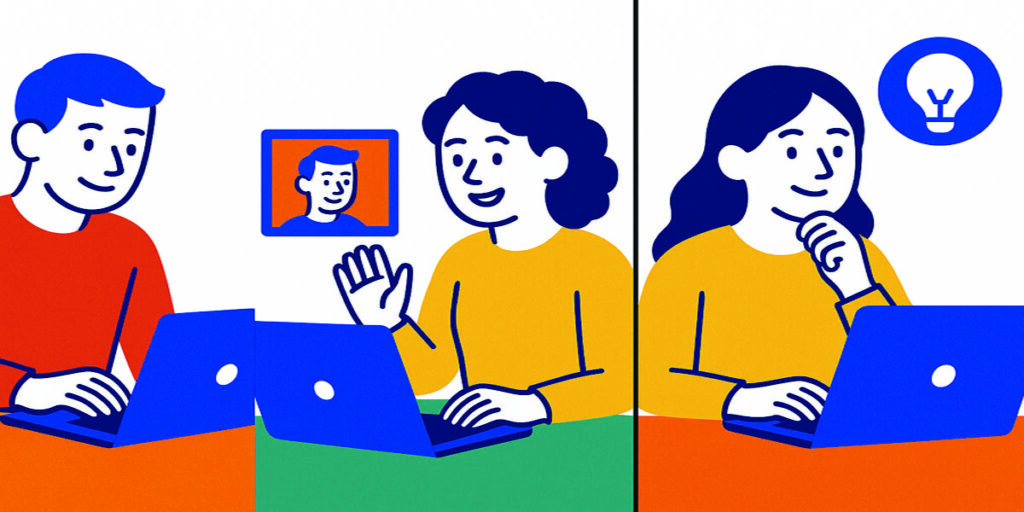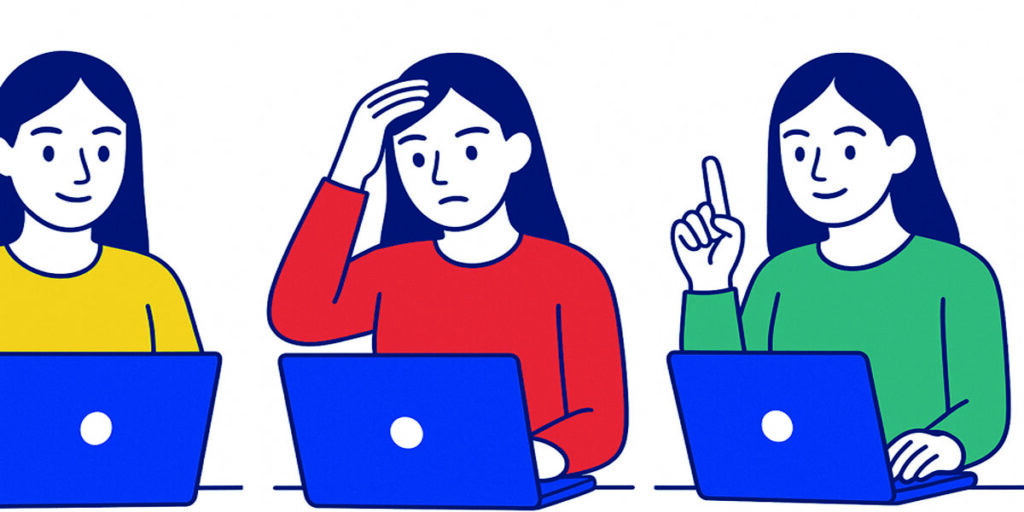AI tool to remove objects, people, or defects from images effortlessly.
The digital age has irrevocably transformed how we capture, share, and consume visual information. Photographs, once tangible memories confined to albums, now populate a vast, dynamic online landscape. This proliferation has, in turn, fueled a relentless demand for tools that can perfect these visual narratives, giving rise to a sophisticated ecosystem of photo editing software and applications. Among the latest innovations captivating this market is Cleanup.pictures, an AI-powered tool designed for the effortless removal of unwanted objects, people, or defects from images. Its emergence signifies a pivotal moment in the evolution of photo manipulation, democratizing capabilities that were once the exclusive domain of skilled professionals wielding complex software. This article will explore the historical trajectory that paved the way for tools like Cleanup.pictures, analyze its position and impact within the burgeoning economic market of AI-driven creative tools, and examine the networking dynamics that contribute to its growth and user adoption.
From Darkroom Alchemy to Digital Precision: A Historical Perspective on Object Removal
The desire to alter and enhance images is not a new phenomenon. Long before the advent of digital technology, photographers in the analog era employed a variety of techniques in the darkroom to manipulate negatives and prints. Retouching was a meticulous, often laborious process involving airbrushing, scraping, and dodging and burning to remove imperfections, alter backgrounds, or emphasize subjects. Master retouchers possessed a blend of artistic skill and technical expertise, transforming images through subtle, manual interventions. Object removal in this era was particularly challenging, often requiring significant effort to blend the altered area seamlessly with the surrounding emulsion.
The dawn of the digital age in the late 20th century brought about a revolution in photo editing. Software like Adobe Photoshop, introduced in the early 1990s, provided powerful digital tools that mirrored and expanded upon traditional darkroom techniques. Layers, masks, cloning tools, and healing brushes became the staples of digital retouchers. Object removal became significantly more flexible, allowing for non-destructive edits and greater precision. The Clone Stamp tool, for instance, enabled users to copy pixels from one area of an image and paint over another, effectively covering unwanted elements. The Healing Brush and Spot Healing Brush tools further streamlined this process by attempting to blend the cloned pixels with the surrounding texture and lighting.
However, even with these digital advancements, effective object removal still demanded a considerable level of skill, patience, and time. Complex removals, especially those involving intricate backgrounds or large objects, required careful selection, meticulous cloning, and often multiple layers of adjustments to achieve a natural-looking result. The process remained a bottleneck for many, particularly for casual users or businesses requiring quick edits at scale.
The late 2010s and early 2020s witnessed the rapid ascent of Artificial Intelligence and Machine Learning, fundamentally changing the landscape of numerous industries, including creative fields. AI began to demonstrate remarkable capabilities in image recognition, analysis, and generation. This paved the way for the development of AI-powered photo editing tools that could automate complex tasks that previously required manual effort and expertise.
One of the key areas where AI made significant inroads was in “inpainting” or “content-aware fill.” These techniques, powered by deep learning models trained on vast datasets of images, enabled software to intelligently analyze the content surrounding a selected area and generate new pixels that seamlessly blend into the background, effectively removing the unwanted object. Early iterations of these tools were integrated into professional software like Photoshop, offering a glimpse into the potential of AI to simplify complex editing workflows.
Cleanup.pictures emerged within this context of accelerating AI innovation in image processing. Recognizing the widespread need for a simple, accessible, and efficient tool for object removal, the creators leveraged advancements in AI to build a dedicated platform focused on this specific task. Unlike comprehensive photo editors that offer a multitude of features, Cleanup.pictures specialized in doing one thing exceptionally well: making unwanted elements disappear with minimal user effort. This focus on a single, high-demand function, powered by sophisticated AI, positioned it to address a significant gap in the market. Its history is therefore intrinsically linked to the broader history of photo editing and the more recent, explosive growth of AI applications in creative workflows. It represents a culmination of decades of innovation, moving from painstaking manual retouching to intelligent, automated solutions accessible to anyone with an internet connection.
The Economic Canvas: Cleanup.pictures in the AI Photo Editing Market
The emergence of AI-powered photo editing tools like Cleanup.pictures is not just a technological evolution; it’s a significant economic force reshaping the creative industries. The global market for AI in creative industries is experiencing substantial growth, projected to reach billions of dollars in the coming years. This growth is driven by several factors, including the increasing demand for visual content across various platforms, the need for faster and more efficient content creation workflows, and the democratization of advanced editing capabilities.
Cleanup.pictures operates within the dynamic and increasingly competitive AI photo editing market. While established players like Adobe and newer entrants like Canva and Picsart offer a broad suite of editing tools, including AI-powered features, Cleanup.pictures carved out a niche by focusing specifically on object removal. This specialization offers several economic advantages and impacts:
- Accessibility and Cost-Effectiveness: Traditional photo editing software with advanced object removal capabilities often comes with a steep learning curve and a professional price tag. Cleanup.pictures, with its simple interface and often freemium business model (offering a free tier with limitations and a paid Pro version for higher resolution and unlimited use), makes high-quality object removal accessible to a much wider audience. This significantly reduces the cost and time investment required for individuals and small businesses who need to clean up their images without investing in expensive software or hiring professional retouchers. This democratizing effect expands the overall market for image editing by bringing in users who were previously priced out or lacked the technical skills.
- Efficiency and Scalability: For businesses, particularly in e-commerce and real estate, presenting clean and professional-looking images is crucial. Manually removing objects from a large volume of product photos or property listings can be incredibly time-consuming and expensive. Cleanup.pictures offers a highly efficient solution, allowing for rapid editing at scale. The ability to process multiple images quickly translates directly into cost savings and faster turnaround times, impacting business productivity and profitability. E-commerce businesses can quickly clean up product shots for online catalogs, while real estate agents can depersonalize listings by removing personal items from photos.
- Focus on Specific Use Cases: By specializing in object removal, Cleanup.pictures caters directly to a common and frustrating problem faced by many users. This focused approach allows them to dedicate their resources to perfecting this specific functionality, potentially achieving higher accuracy and speed compared to all-in-one editors where object removal is just one of many features. This can attract users specifically looking for the best tool for this particular task.
- Subscription and API Economy: Cleanup.pictures typically employs a freemium model, a common and successful business strategy in the software-as-a-service (SaaS) market. The free tier attracts a large user base, providing a funnel for conversion to the paid Pro plan, which offers enhanced features and capabilities. Furthermore, offering an API (Application Programming Interface) allows other applications and platforms to integrate Cleanup.pictures’ functionality, creating additional revenue streams and expanding its reach within the digital ecosystem. This API-driven approach is a key aspect of the modern digital economy, enabling interoperability and value creation across different services.
- Competition and Innovation: The success and popularity of specialized AI tools like Cleanup.pictures also exert pressure on larger, more generalist photo editing software providers to improve their own AI-powered features. This competitive landscape drives innovation across the market, leading to better and more accessible tools for all users. The rapid advancements in AI models mean that the capabilities of these tools are constantly evolving, with ongoing improvements in accuracy, speed, and the ability to handle more complex removal scenarios.
While Cleanup.pictures has found its niche, it operates within a competitive environment. Major players like Adobe Photoshop, with its increasingly sophisticated Content-Aware Fill and Remove tools, and other online editors integrating similar AI capabilities, pose direct competition. However, Cleanup.pictures’ focus on simplicity and its often more attractive pricing model for casual or specific-need users allows it to compete effectively. The economic impact of Cleanup.pictures is therefore multifaceted: it directly generates revenue through its paid services, enables cost savings and efficiency gains for its users across various industries, contributes to the overall growth of the AI in creative tools market, and spurs innovation among its competitors. Its success underscores the economic viability of specialized, AI-powered solutions that address specific user pain points effectively and accessibly.
Building Connections: Networking and the Cleanup.pictures User Base
In the digital realm, networking extends beyond traditional human connections to encompass the ways in which users interact with a platform, how the platform integrates with other services, and how a community forms around the tool. For Cleanup.pictures, networking plays a crucial role in its adoption, growth, and continued development.
- User Interface and Experience as a Networking Tool: The primary mode of interaction for most users with Cleanup.pictures is through its intuitive and user-friendly web interface. The simplicity of dragging and dropping an image and using a brush tool to highlight unwanted objects is a form of user-centric design that minimizes barriers to entry. This ease of use acts as a powerful networking tool, encouraging adoption by individuals who may not have prior photo editing experience. The positive user experience leads to word-of-mouth referrals and organic growth as satisfied users recommend the tool to others.
- Integration through API: The availability of an API is a significant networking strategy for Cleanup.pictures. An API allows developers to integrate Cleanup.pictures’ object removal functionality directly into their own applications, websites, or workflows. This expands the reach of Cleanup.pictures beyond its own platform, embedding its capabilities within other tools that users are already utilizing. For example, a stock photo website could integrate the API to allow users to quickly clean up downloaded images, or a marketing platform could offer object removal as part of their image editing suite. This form of business-to-business (B2B) networking through API partnerships is a powerful driver of usage and revenue.
- Online Presence and Content Marketing: Like many online services, Cleanup.pictures leverages its online presence and content marketing to connect with potential users and build its brand. This includes having a well-designed website that clearly explains its value proposition, tutorials and guides on how to use the tool effectively, and potentially blog posts or social media content showcasing impressive examples of object removal. This content acts as a form of networking, providing valuable information and demonstrating the tool’s capabilities to a wider audience.
- Community Building and Feedback Loops: While Cleanup.pictures may not have a traditional online forum, user feedback is a critical form of networking that informs its development. User reviews, testimonials, and support inquiries provide valuable insights into what is working well and areas for improvement. This feedback loop, whether direct or indirect, helps the development team refine the AI models, improve the user interface, and address any bugs or limitations. Some platforms also encourage users to share their “before and after” images, creating a visual community that inspires others and showcases the tool’s effectiveness.
- Affiliate and Partnership Programs: Many online tools utilize affiliate marketing and partnership programs to expand their reach. Cleanup.pictures could potentially engage in such programs, partnering with photography blogs, design websites, or online marketplaces to promote its service in exchange for a referral fee. This type of networking leverages the existing audiences of other platforms to acquire new users.
- Evolution of Features Based on User Needs: The ongoing development of Cleanup.pictures is likely influenced by the evolving needs and feedback of its user base. As users encounter new challenges or use cases for object removal, their requests and suggestions can guide the development of new features or improvements to existing ones. This collaborative, though often indirect, networking between users and developers ensures that the tool remains relevant and continues to meet the demands of the market.
In essence, the networking of Cleanup.pictures is a combination of its accessible technology, strategic integrations, proactive online presence, and responsive approach to user feedback. It’s about creating touchpoints where potential users discover the tool, find it easy to use, and see its value, ultimately leading to adoption and becoming part of its growing user base. This continuous cycle of attracting users, gathering feedback, and refining the product is fundamental to its long-term success in the competitive AI photo editing landscape.
The Technology Behind the Magic: How Cleanup.pictures Works
At its core, Cleanup.pictures relies on sophisticated Artificial Intelligence algorithms, specifically deep learning models trained for image inpainting. When a user uploads an image and uses the brush tool to mark the area containing the unwanted object, the AI model analyzes the surrounding pixels. It considers factors such as texture, color, lighting, and the overall context of the image to understand what the removed area should ideally look like.
The AI then generates new pixels to fill the selected area, seamlessly blending them with the existing background. This process, known as inpainting, is significantly more advanced than simple cloning, which would merely copy pixels from another part of the image without understanding the scene. AI inpainting attempts to intelligently reconstruct the missing information, creating a result that often appears as if the unwanted object was never there.
The effectiveness of Cleanup.pictures’ AI depends heavily on the quality and diversity of the data it was trained on. By exposing the model to millions of images with various objects and backgrounds, the AI learns to recognize patterns and textures, enabling it to generate plausible replacements for removed areas in a wide range of scenarios. While the exact technical architecture is proprietary, it likely involves convolutional neural networks (CNNs) or more advanced generative models like Generative Adversarial Networks (GANs), which are particularly adept at generating realistic image content.
The user’s interaction with the tool, primarily the brushing action, provides the AI with the necessary input to identify the area for removal. The AI then takes over, performing the computationally intensive task of analyzing the image and generating the replacement pixels in a matter of seconds. The simplicity of the user interface belies the complex technological processes happening in the background. The Pro version likely utilizes more powerful models or provides access to greater computational resources, resulting in higher resolution outputs and potentially more refined results.
Use Cases and Impact Across Industries
Cleanup.pictures’ ease of use and effectiveness have made it a valuable tool across a variety of industries and for individual users:
- E-commerce: Online retailers constantly need clean and professional product images. Cleanup.pictures allows them to quickly remove distracting elements from product shots, ensuring the focus remains solely on the item being sold. This can lead to improved product presentation and potentially higher conversion rates.
- Real Estate: Real estate agents can use Cleanup.pictures to quickly “stage” photos of properties by removing personal items, clutter, or even people, making the spaces appear more appealing and allowing potential buyers to envision themselves in the home.
- Photography: Photographers, both professional and amateur, can use the tool for quick touch-ups, removing unexpected photobombers from landscape or street photography, eliminating distracting elements in portraits, or cleaning up imperfections in architectural shots. While not a replacement for comprehensive retouching in all cases, it’s an excellent tool for efficient cleanup.
- Social Media and Content Creation: Individuals and content creators can effortlessly remove unwanted objects or people from their photos before sharing them on social media platforms, improving the overall aesthetic and focus of their images. This is particularly useful for travel photos where it’s difficult to avoid crowds.
- Creative Agencies: Creative agencies can use Cleanup.pictures to quickly modify stock photos or client-provided images, removing elements that don’t fit the desired composition or brand aesthetic. This saves time and resources compared to manual editing.
The impact of Cleanup.pictures extends beyond individual use cases to contribute to broader trends in digital content creation. It lowers the barrier to entry for producing high-quality visuals, empowering more people to create and share compelling images. It also contributes to the increasing automation of creative tasks, allowing professionals to focus on more complex and creative aspects of their work rather than tedious manual edits.
The Future of Seamless Editing
The rapid advancements in AI suggest a future where image manipulation tools will become even more powerful, intuitive, and integrated into our daily digital lives. For Cleanup.pictures and similar tools, the future likely holds several key developments:
- Improved AI Accuracy and Capability: As AI models continue to evolve and are trained on even larger and more diverse datasets, the accuracy and seamlessness of object removal will further improve. AI might become better at handling complex textures, reflections, and shadows, resulting in even more realistic inpainted areas.
- More Granular Control: While simplicity is a key selling point, future iterations might offer users more granular control over the removal process, perhaps allowing for adjustments to how the AI fills the removed area or providing different inpainting options.
- Integration with Other AI Features: Cleanup.pictures could potentially integrate with other AI-powered image manipulation features, such as AI image generation, style transfer, or automatic image enhancement, to offer a more comprehensive suite of easy-to-use tools.
- Expansion to Video: The principles behind image inpainting can also be applied to video. While computationally more intensive, future versions or related tools might offer the ability to remove unwanted objects or people from video footage.
- Increased Competition and Specialization: The success of specialized tools like Cleanup.pictures will likely inspire more companies to develop AI tools focused on specific editing tasks, leading to increased competition and further specialization within the market.
Cleanup.pictures has successfully carved out a valuable niche in the AI photo editing market by providing an exceptionally simple and effective solution for object removal. Its history is rooted in the evolution of photo editing from manual techniques to AI-driven automation. Economically, it thrives on accessibility, efficiency, and a well-executed business model, contributing to the growth of the creative AI market. Its networking relies on a user-friendly interface, strategic API integrations, and a focus on addressing a common user need. As AI technology continues its rapid advancement, tools like Cleanup.pictures will likely become even more ubiquitous, seamlessly integrating into our workflows and empowering more individuals and businesses to create perfect visual content with unprecedented ease. The era of effortless image cleanup has arrived, and Cleanup.pictures is at the forefront of this transformative wave.
